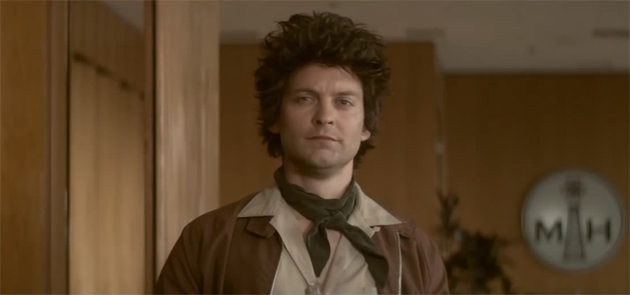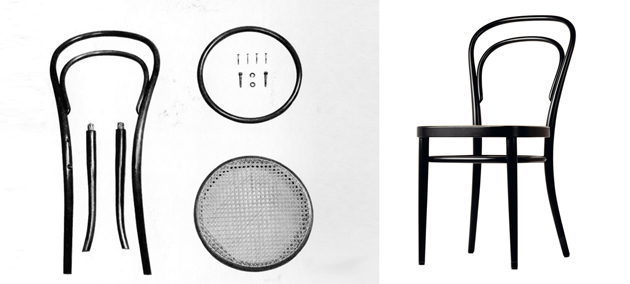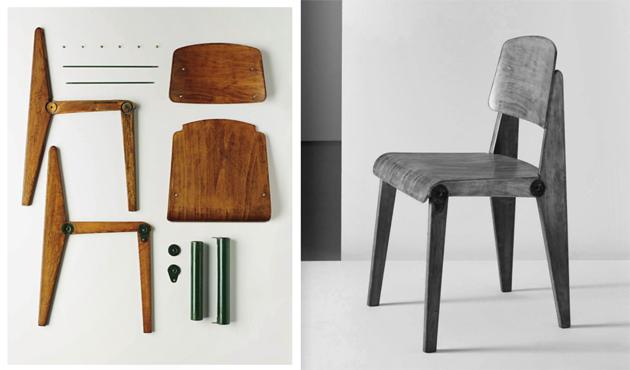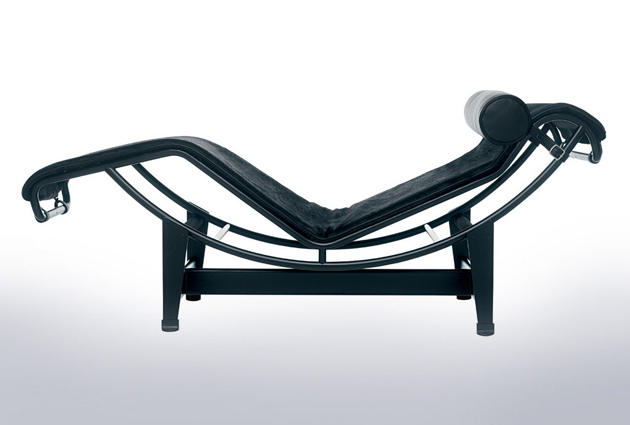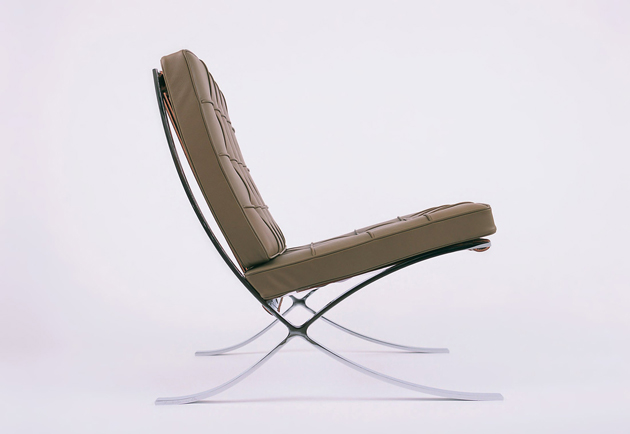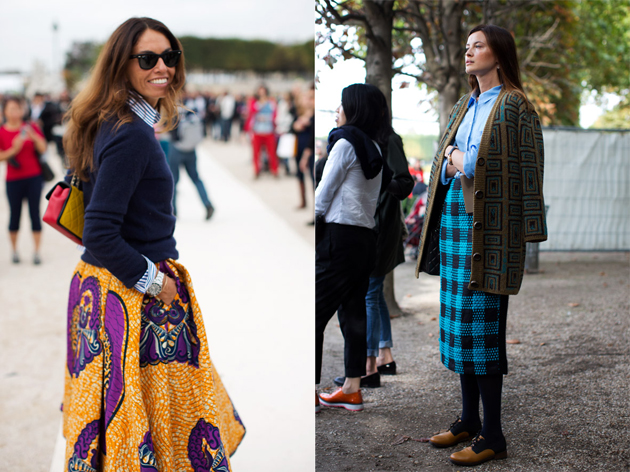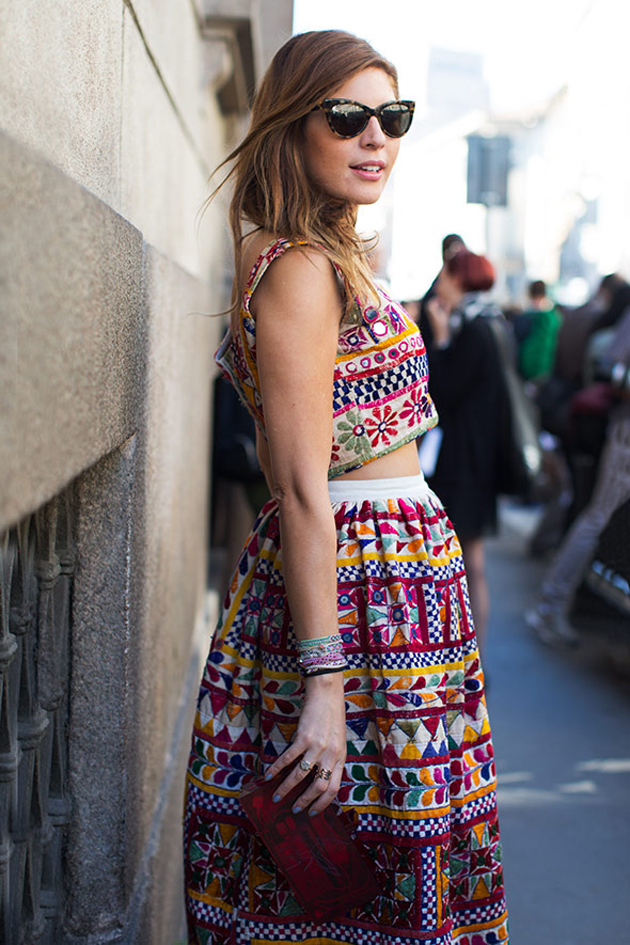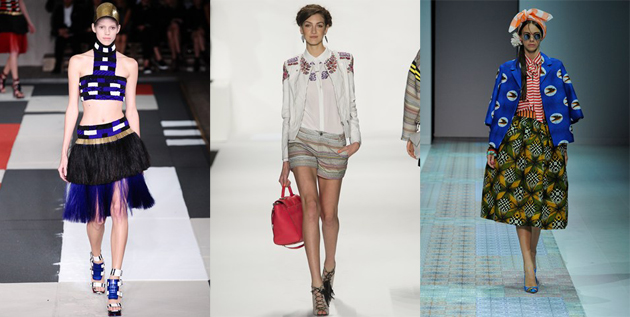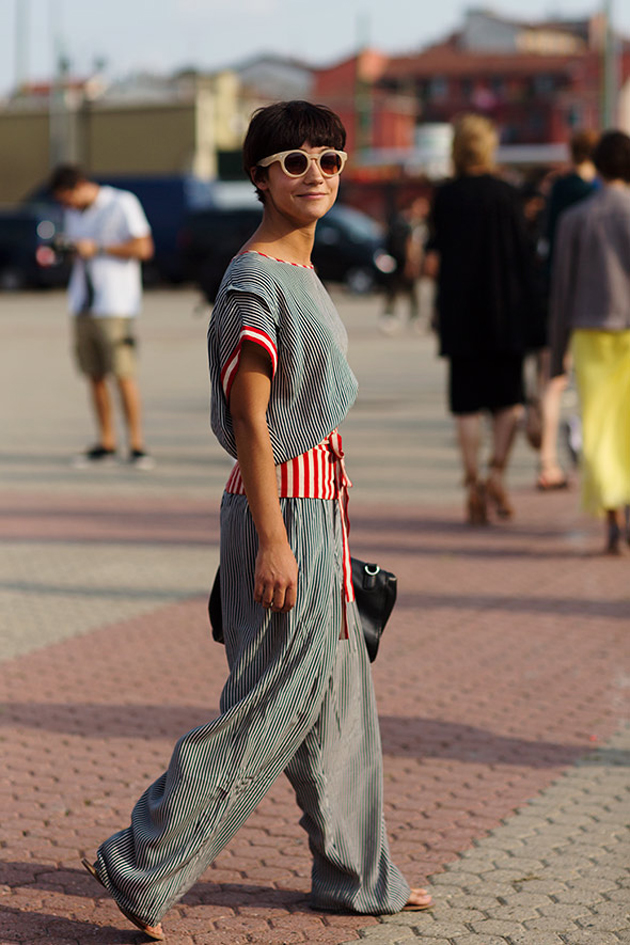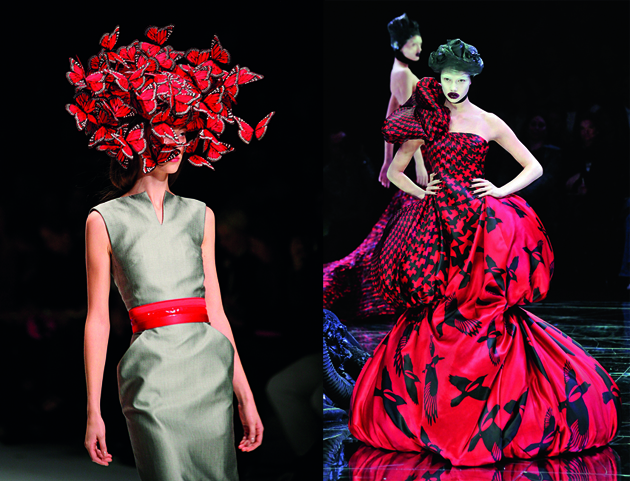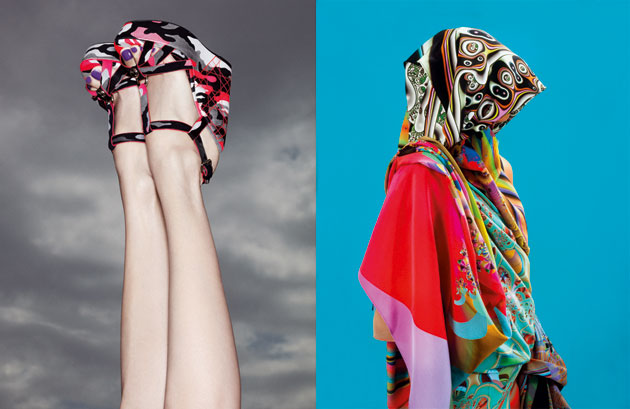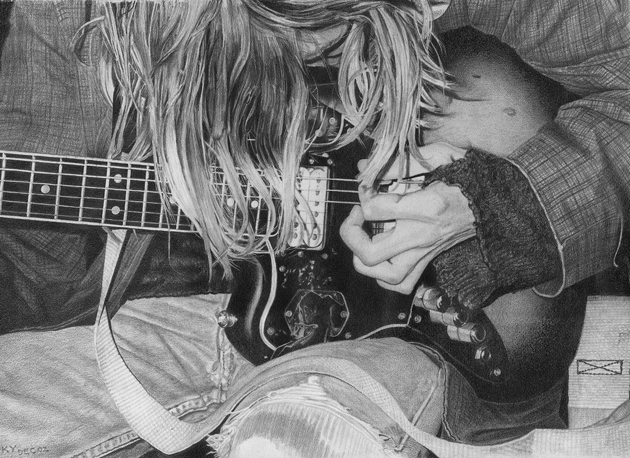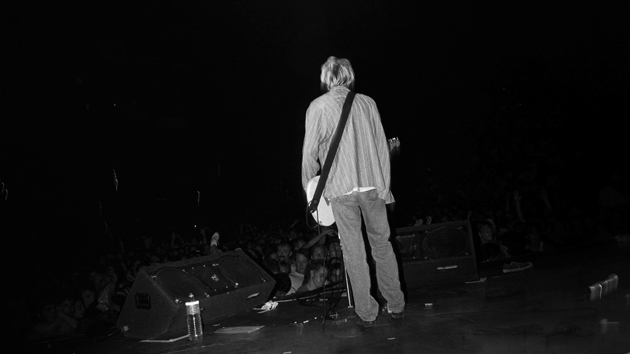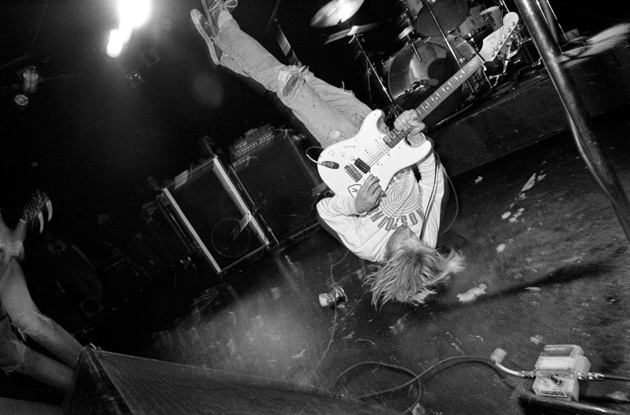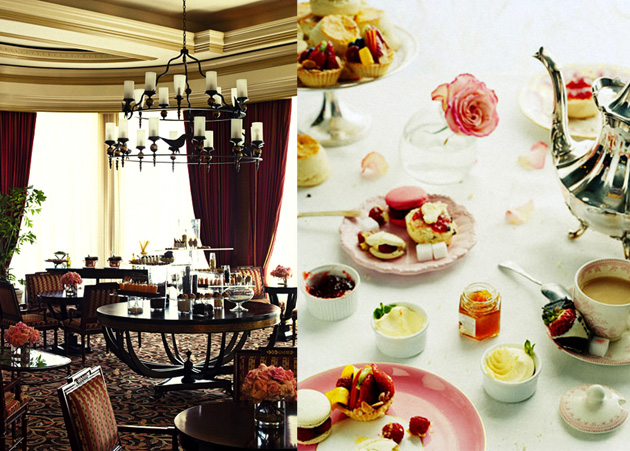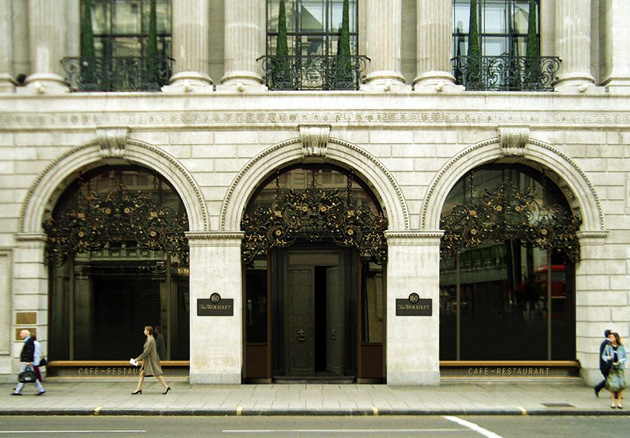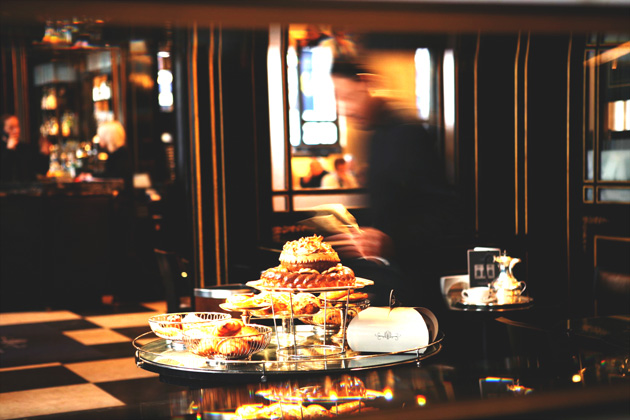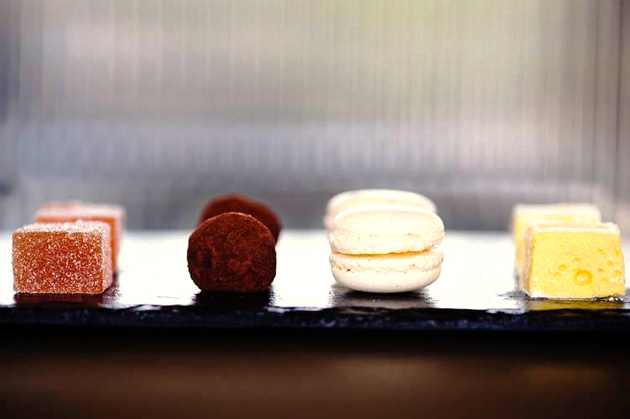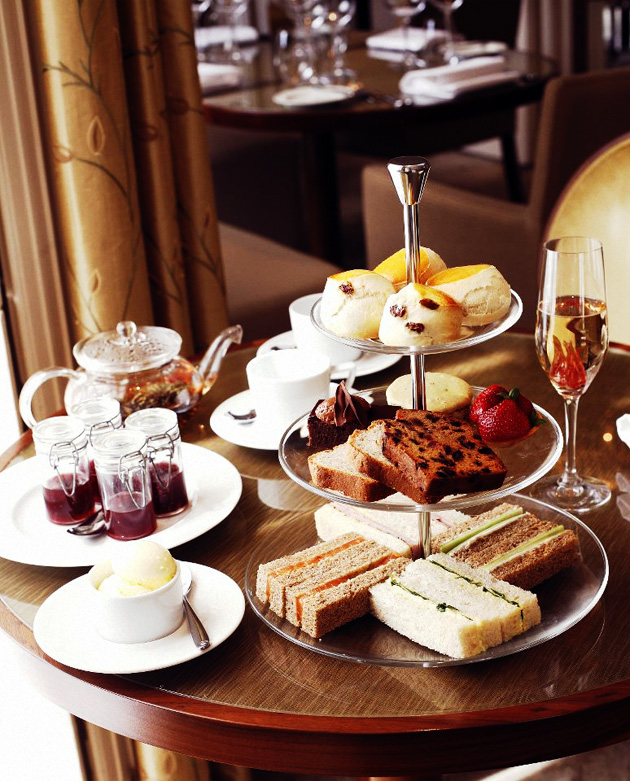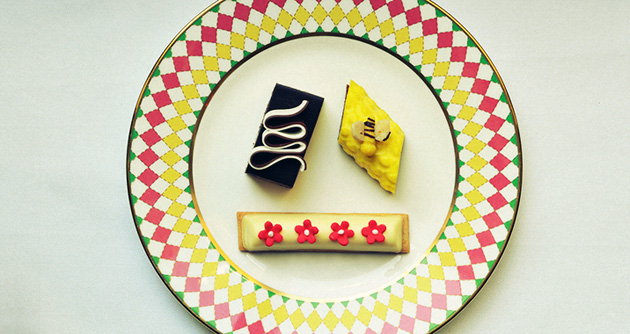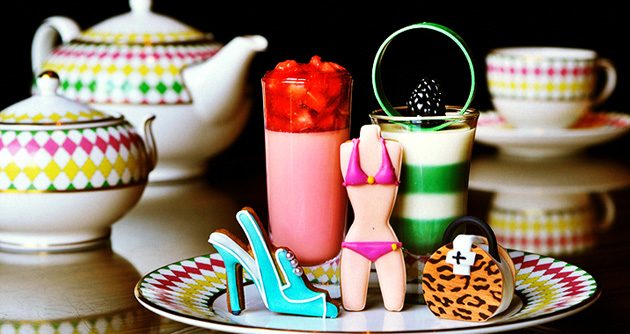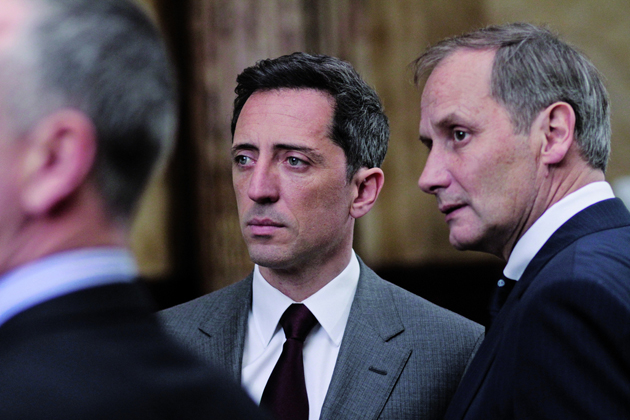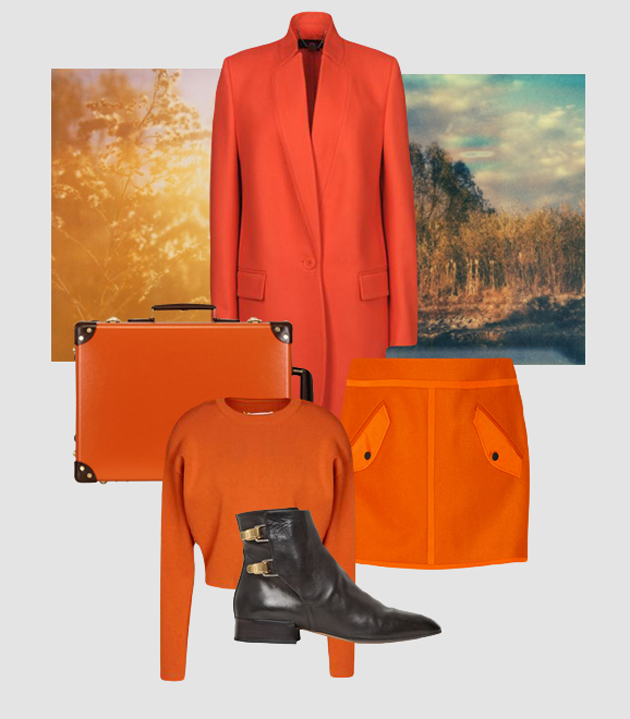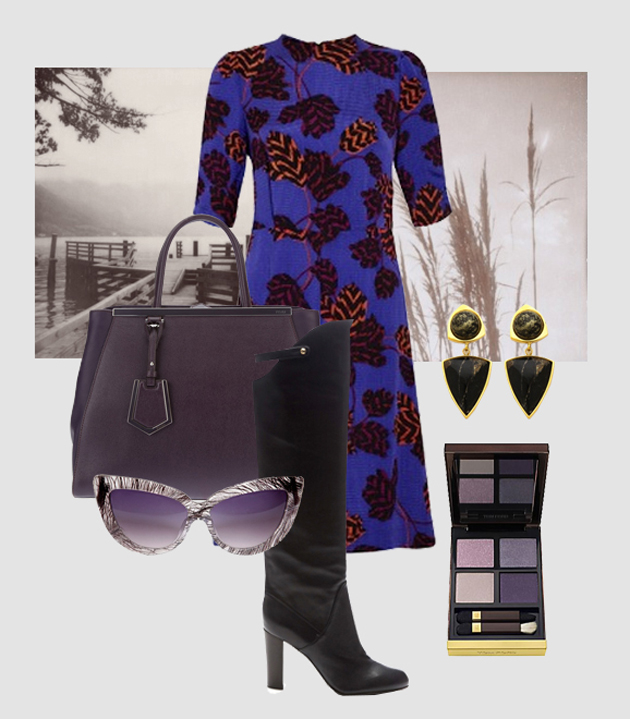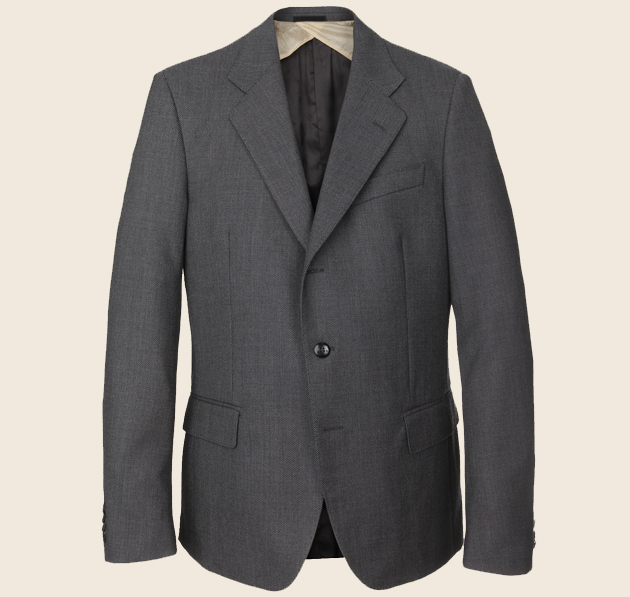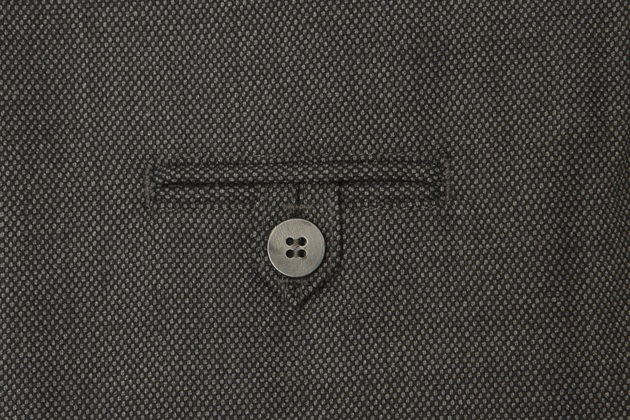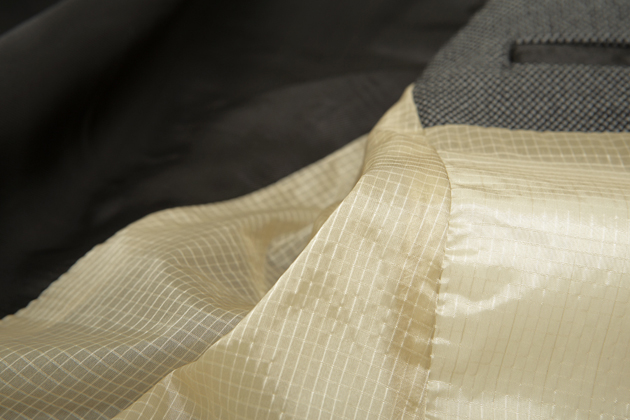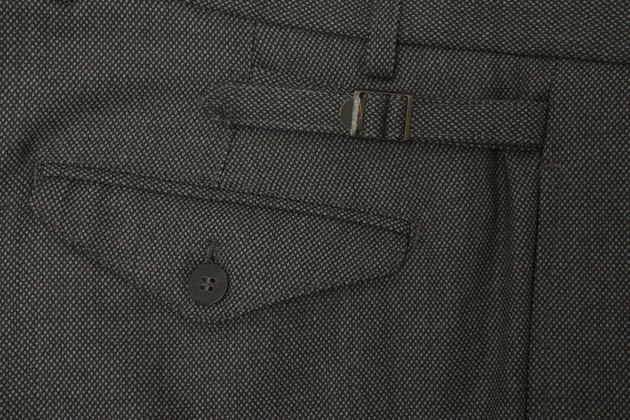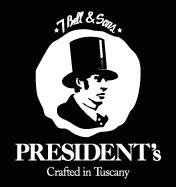Any geek who’s ever dreamt of David Lynch, PT Anderson, and Ron Burgundy collaborating on an epic American saga are likely to go bananas over Eric Jonrosh’s “The Spoils of Babylon”, Will Ferrell’s bizarre new IFC miniseries. The show, which the network is wisely calling “the century’s most anticipated television event,” appears to be a parody of the campy, grandiose TV movies of the baby boomer era. Whatever it is, it looks amazing.
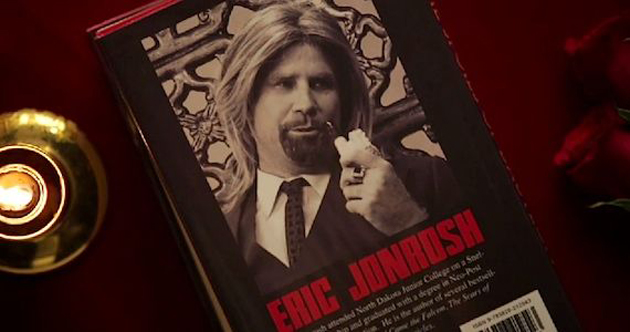
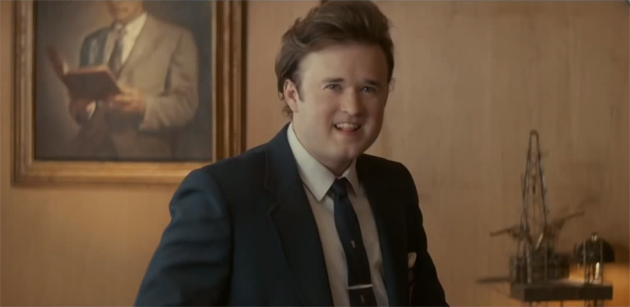
“The Spoils of Babylon” was created by Funny Or Die‘s Matt Piedmont and Andrew Steel and revolves around the Morehouse clan, an eccentric Texas family who strike it rich in the oil business. Ferrell will portray Eric Jonrosh, the fake bestselling author of the fake bestselling book on which this very real miniseries is based. Tim Robbins plays patriarch Jonas Morehouse, while Kristen Wiig stars as his daughter Cynthia and Tobey Maguire as her adopted brother Devon. Cynthia and Devon fall into a deep and forbidden love that takes them across the world and threatens their family fortune. Judging from the bizarre preview, the series will touch on major events from the 20th Century through the trials and tribulations of the Morehouse family, a la Forrest Gump. In the trailer Devon goes from the family farm to Vietnam, then comes back and goes hair metal, and eventually appears to fall into a drug-infused trip across the American south. “I kicked heroin,” he tells Cynthia at one point. “I can’t kick you.”
In addition to Robbins, Maguire and Wiig, the all-star cast includes Haley Joel Osment, Jessica Alba, Carey Mulligan, and Val Kilmer. Each episode will be bookended by Jonrosh, whose other fake titles include The Spoils of The Weeping Falcon and The Spoils Beneath The Sea. “Fearing that Hollywood will sully his masterpiece,” one recent press release read, “Eric Jonrosh wrote, directed, and financed the series himself.” What could possibly go wrong here?
“The Spoils of Babylon” airs January 9 at 10p.m.
